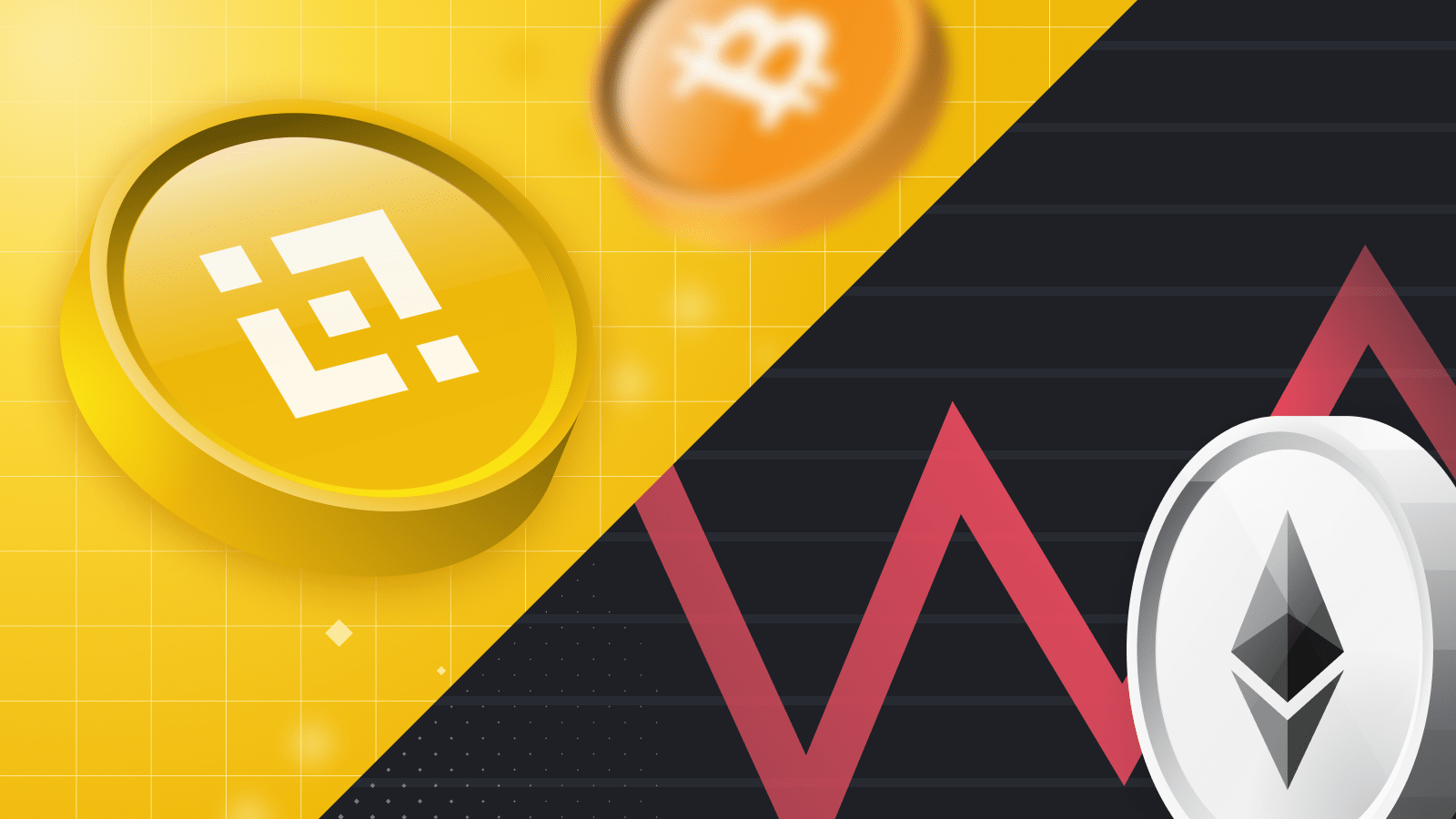Morph CEO Discusses the Future of Consumer-Centric Blockchain
Discover insights from Morph CEO Cecilia Hsueh on the future of consumer-centric blockchain, scalability, and the impact of a potential Bitcoin ETF.

In an exclusive interview with Finbold, Cecilia Hsueh, CEO of Morph, a blockchain layer two platform focused on consumer needs, shared her insights on the upcoming changes in consumer-oriented blockchain technology. Hsueh emphasized the importance of making blockchain more accessible, aiming to integrate it into daily life for the general public. She also addressed the challenges faced by many layer two projects, which often struggle with low user engagement.
Hsueh pointed out the growing investment in various blockchain sectors, particularly highlighting the potential of non-fungible tokens (NFTs). She also discussed her vision for the future of blockchain technology over the next five years and the various stakeholders that could be affected by its advancements.
Amid discussions about the anticipated approval of a spot Bitcoin exchange-traded fund (ETF) in the United States, Hsueh elaborated on the possible implications of such a product and the expectations surrounding it.
“At Morph, we envision blockchain technology as more than just a tool for tech enthusiasts; we want it to be a daily utility for everyone. Our goal is to simplify blockchain usage, making it as essential and intuitive as smartphones. By focusing on seamless integration and user-friendly interfaces, Morph aims to make blockchain accessible to everyday users, transforming it from a niche market into a mainstream utility.”
Future Evolution of Blockchain
When asked about the evolution of blockchain in the next five years and Morph's role in it, Hsueh stated:
“I foresee blockchain advancing beyond its current financial focus to become a foundational technology across diverse sectors, including supply chain management and digital identity verification. Morph aims to lead this evolution by creating an ecosystem where developers and consumers collaboratively build value-driven applications, making blockchain as ubiquitous as the internet.”
Making Blockchain User-Friendly
Hsueh shared how Morph has worked to demystify blockchain for non-technical users:
“Our ecosystem-centric approach is key to promoting accessibility. We focus on creating a vibrant ecosystem of DApps and developers who align with our vision. Strategic partnerships, like our collaboration with Bitget, enhance our ability to attract users and developers, ensuring that our community is informed and engaged, thus making blockchain more approachable.”
Balancing Technology and User Experience
On the balance between technical achievements and user experience, Hsueh remarked:
“At Morph, we prioritize developing applications that users want and need. Many blockchain projects struggle with user engagement despite their technical capabilities. Our strategy is to collaborate with partners who share our vision, ensuring that Morph's ecosystem is aligned with the practical needs of everyday users.”
Advancements in Ethereum Scalability
Hsueh elaborated on Morph's advancements in Ethereum scalability and rollup technologies:
-
Decentralized Sequencer Network: Enhances security and resilience through a decentralized sequencing process.
-
Responsive Validity Proof (RVP): Combines the benefits of optimistic and zk-Rollups for efficient state verification.
-
Modular Architecture: Allows independent evolution of each module, ensuring flexibility and adaptability.
-
zkEVM Integration: Merges the efficiency of optimistic rollups with the security of ZK rollups, facilitating ease of integration for Ethereum developers.
Challenges in Consumer-Centric Solutions
Hsueh discussed the challenges faced in developing consumer-centric blockchain solutions:
“One major challenge is ensuring simplicity while maintaining security. Our modular architecture allows us to adapt to various consumer needs while ensuring robust blockchain infrastructure.”
Emerging Trends in Blockchain
Looking ahead, Hsueh highlighted emerging trends in blockchain:
“In 2023, we're seeing significant shifts, especially in DeFi and enterprise investments in blockchain for identity management and supply chain solutions. Morph is positioned to contribute to these developments, particularly in the evolving NFT space, which presents new opportunities for innovative, user-centric blockchain solutions.”
Impact of a Spot Bitcoin ETF
Finally, regarding the potential approval of a spot Bitcoin ETF in the US, Hsueh commented:
“The approval of a spot Bitcoin ETF could signify mainstream acceptance of cryptocurrencies, leading to increased investment and growth for major cryptocurrencies like Bitcoin and Ethereum. Morph is ready to leverage this growth to further our vision of a consumer-centric blockchain ecosystem.”
FAQ - Morph and Consumer-Centric Blockchain
1. What is Morph?
Morph is a layer two blockchain platform focused on creating consumer-centric solutions that make blockchain technology more accessible and user-friendly for everyday users.2. What are the main goals of Morph?
Morph aims to simplify blockchain usage, integrating it into daily life and transforming it from a niche market into a mainstream utility. The platform focuses on developing applications that meet the practical needs of users.3. How does Morph plan to enhance user engagement?
Morph emphasizes a community-driven approach by collaborating with developers and forming strategic partnerships, such as with Bitget, to create a vibrant ecosystem of decentralized applications (DApps) that attract and engage users.4. What advancements has Morph made in Ethereum scalability?
Morph has introduced several innovations, including:
- A Decentralized Sequencer Network for enhanced security.
- Responsive Validity Proof (RVP) that combines optimistic and zk-Rollups for efficient state verification.
- A modular architecture that allows flexibility and adaptability.
- zkEVM integration to facilitate seamless development for Ethereum developers.
5. What challenges does Morph face in developing consumer-centric solutions?
One of the main challenges is balancing simplicity with security. Morph's modular architecture is designed to adapt to various consumer needs while ensuring a robust blockchain infrastructure.6. What trends in blockchain does Morph foresee in the coming years?
Morph anticipates significant growth in decentralized finance (DeFi) and enterprise blockchain applications, particularly in identity management and supply chain solutions. The platform also sees potential in the evolving NFT space.7. How might the approval of a spot Bitcoin ETF impact Morph?
The approval of a spot Bitcoin ETF could lead to increased mainstream acceptance of cryptocurrencies, driving investment and growth in major cryptocurrencies like Bitcoin and Ethereum. Morph plans to leverage this growth to further its consumer-centric vision.8. How does Morph ensure a user-friendly experience?
Morph prioritizes developing applications that users want and need, focusing on creating an ecosystem that is aligned with the practical needs of everyday users while maintaining robust security measures.9. What is the vision for blockchain technology in the next five years?
Cecilia Hsueh envisions blockchain evolving beyond financial applications to become foundational technology across various sectors, including supply chain management and digital identity verification, with Morph leading this evolution.10. Where can I find more information about Morph?
For more details about Morph and its initiatives, you can visit their official website at Morph or follow them on their social media channels.
What's Your Reaction?
















